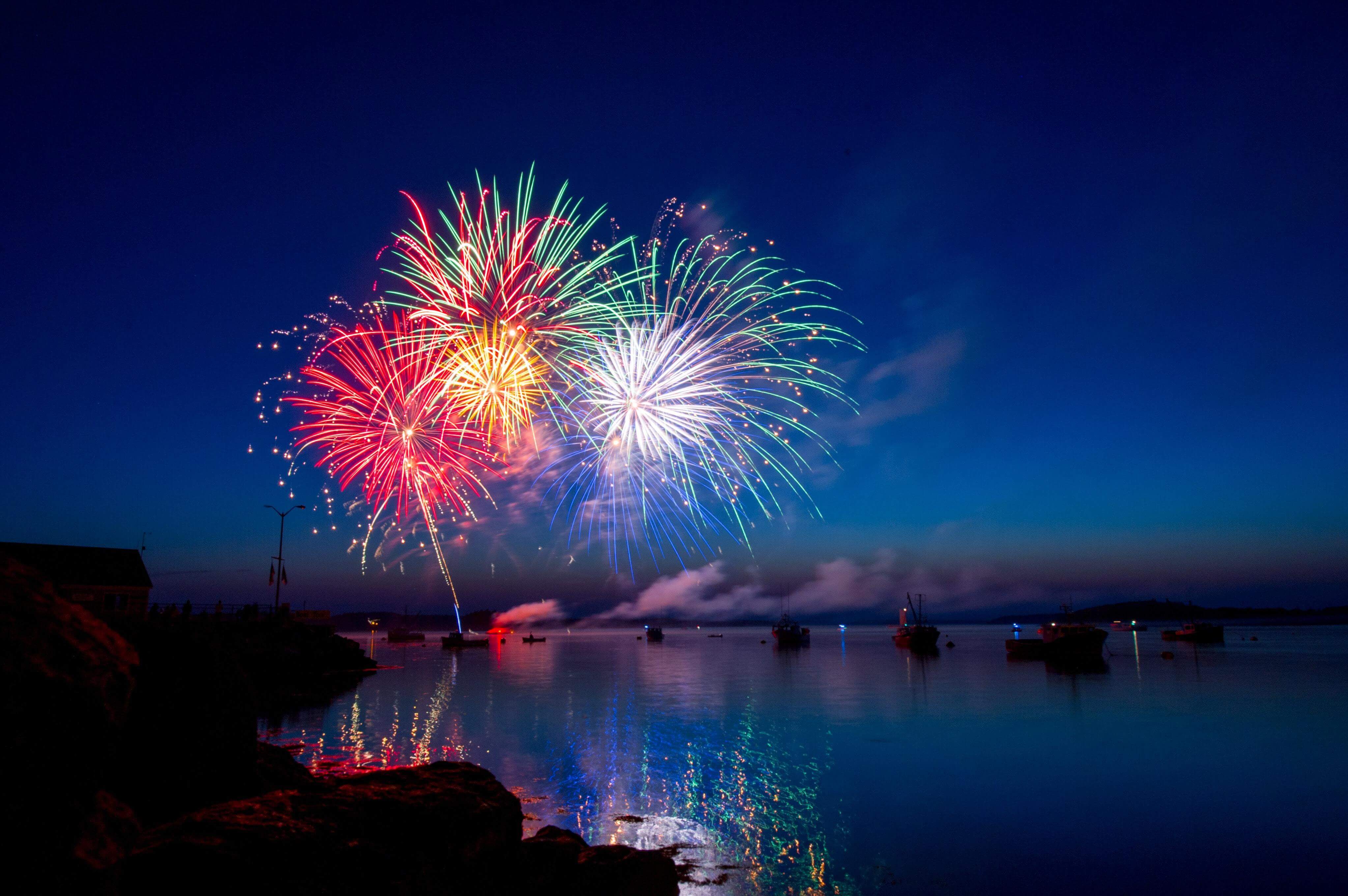The best way to add colour and joy to any event is by adding fireworks, and sparklers are among the perennial favorites worldwide. These beloved party accessories are always out during national events, birthday parties, weddings, and holidays.
Sparklers never fail to spark joy as these novelty items are visually captivating and incredibly easy to find, making it easy for you to incorporate these on any occasion. Fortunately, there are fireworks delivery services available for when you want to include some sparklers in your event at the last minute!
But besides the bright lights and tiny sparks they produce, have you ever wondered how they put in those beautiful colours in these sticks? The magic of fireworks really lies behind the process of how they add different components in each product, such as sparklers. On the surface, you might think that the process isn't too complex at all; however, you'd be surprised with how complicated the process actually is.
How is Colour Added to Sparklers?
The crazy thing about the whole process of adding colours to sparkles is that it differs for every colour. Whichever colour you add, there is an additional element that needs to be mixed with the pyrotechnic compound to create colourful sparks.
Let's go over the whole rainbow and see how each colour is added to sparklers:
-
Red
To get red colour into your sparkles, the manufacturer needs to add salt into the pyrotechnic compound. However, you don't just use regular salt; for bright red colours, manufacturers use strontium salts, and for regular reds, lithium salts are added.
-
Orange
Calcium salts are added to orange-coloured sparklers. Examples of calcium salts are calcium chloride or calcium sulfate.
-
Yellow
For yellow sparklers, the manufacturer will add either cryolite or sodium nitrate, depending on the desired hue and brightness of yellow.
-
Green
Adding green to sparklers is more complicated compared to other colours. This is because the manufacturer needs to blend a barium compound and a chlorine producer, such as barium chloride, to produce the desired shade of green.
-
Blue
Like green, the colour blue is also quite complicated to add to fireworks. This is because the manufacturer also needs to combine a copper compound and another chlorine product, like copper acetoarsenite, to get the colour blue to pop out of your sparklers.
-
Purple
You should know that your fireworks or sparklers tend to be a bit pricier if they have the colour purple incorporated into its mixture. This is because you need to combine two blends of mixtures that create red and blue, a combination of strontium salts and copper compounds.
-
White
For white-coloured sparklers, the manufacturer needs to add white-hot burning metal like magnesium or aluminium barium oxide. Some of which are vital elements that you can find in light bulbs.
-
Silver
Probably one of the dangerous colours to make, silver sparklers aren't available in some countries because its elements are highly explosive. This is because to produce silver colours, you need to use aluminium powder or titanium powder. However, some manufacturers substitute these with magnesium instead and produce off-white sparklers.
The Bottom Line: The Real Magic of Fireworks Happens in the Process
The process of creating fireworks and adding colours to them is equal parts science and art. Like any industry, fireworks manufacturers are finding innovative ways and interesting methods to develop various shades of fireworks and sparklers and improve their formulas for a brilliant pyrotechnic experience.
Do You Need Last-Minute Fireworks?
Let's Party Fireworks offers fireworks delivery services to ensure that you have only the best and high-quality fireworks your event needs. Make your evening unforgettable with some of our fireworks!

